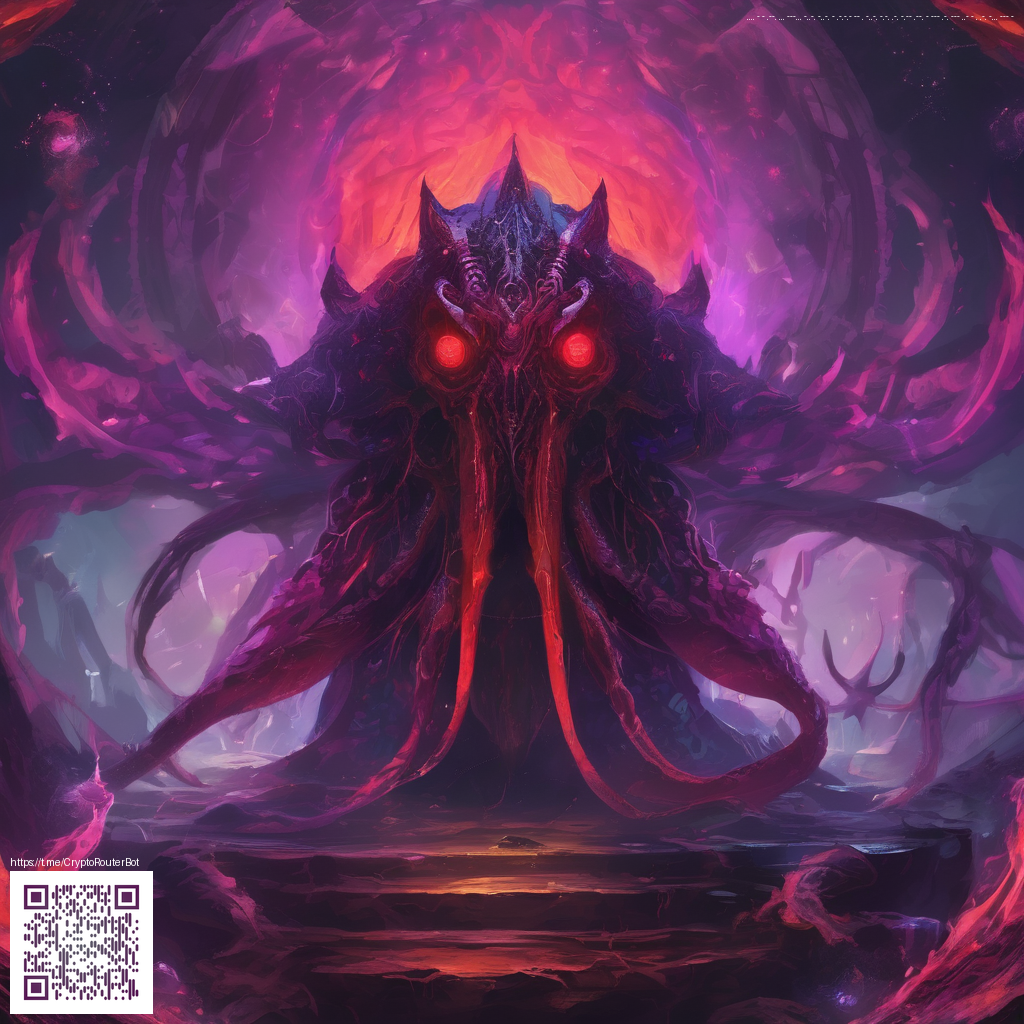How Street Fighter II Shaped Modern Gaming and Esports
When Street Fighter II burst onto arcades in the early 1990s, it didn’t just introduce a new fighting game. It sparked a global social phenomenon that redefined how we play, compete, and connect around interactive entertainment. The game’s blend of accessible pick‑up‑and‑play mechanics with deep, evolving strategy created a template that many genres have since followed: a living ecosystem where skill, timing, and adaptation rise to the top. We still feel that impact today, not only in the way fighting games are designed, but in the way communities form, train, and celebrate excellence.
From Cabinets to Cultures: The Social Engine of SF II
Arcade cabinets were more than machines; they were gathering places where strangers became rivals and neighbors became allies. Street Fighter II capitalized on this energy with a roster of diverse personalities, each offering a unique set of moves and rhythms. The simple idea—master a few core inputs, then learn the nuances of any character—created a democratized path to mastery. Players could share tips while waiting for a turn, watch skilled peers execute flashy combos, and gradually build a climate of friendly competition that transcended language and geography.
Street Fighter II didn’t just entertain players; it trained communities to think in terms of frames, counters, and mind games—core habits that endure in today’s multiplayer landscapes.
Even as the game migrated to home consoles and streaming platforms, the sense of competition remained intact. The same principles that guided coin‑op battles—timing windows, pressure, adaptation—translated to online ladders, invitationals, and show match dramas. The community’s appetite for balance and refinement pushed developers to revisit character moves, optimize control schemes, and think critically about how to measure skill in a fair, repeatable way.
Mechanics That Defined an Era—and Shape Modern Design
SF II popularized several design decisions that reverberate through contemporary games:
- Parries and precise timing: The responsiveness required to parry and rebuke an opponent’s offensive assault became a blueprint for how players feel connected to a game’s pulse. Timing isn’t just about offense—it’s a strategic shield as well.
- Character diversity: A varied roster with distinct toolkits encouraged players to explore styles and matchups, introducing a depth that rewards experimentation and study.
- Accessible entry, daunting mastery: A low barrier to start, paired with a high ceiling for excellence, kept newcomers engaged while offering endless growth for veterans.
- Local and competitive ecosystems: Arcades seeded real‑world tournaments; the same frameworks later matured into online leagues and big‑stage events that attract global audiences.
To see how this thinking translates into modern titles, consider how contemporary fighters balance accessibility with depth, or how organizing committees structure tournaments to highlight skill without alienating casual players. For readers interested in broader context about retro gaming milestones, the overview at this page provides useful insights that complement Street Fighter II’s story.
Esports: The Competitive Mindset That Still Drives Growth
Early arcade competition taught players to respect practice, analyze opponents, and refine matchups under pressure. As esports evolved, those habits became professional playbooks. Training regimens shifted from casual practice to scheduled drills, frame‑perfect analysis, and data‑driven improvements. The culture that Street Fighter II helped birth—where spectators study replays, discuss frame data, and applaud precision—remains central to modern esports. It’s a reminder that success in competitive gaming often hinges as much on discipline and study as it does on reflexes.
Hardware, Interface, and the Craft of Practice
Beyond the software, the hardware players rely on has a powerful influence on outcomes. A reliable surface can sharpen consistency in practice sessions and long‑form tournaments alike. For players who value precision and comfort, gear choices matter as much as character selection. As you refine your setup, you might explore accessories that offer steady glide and stitched durability—qualities that mirror the dependable feedback players expect from classic titles. If you’re curious about a compact yet sturdy desk surface, a well‑spec’d option like the Custom Neon Gaming Mouse Pad — 9x7 Neoprene with Stitched Edges can be a practical, modern upgrade that supports long practice hours without fatigue.
In today’s practice rooms and streaming setups, the ethos of Street Fighter II persists: mastery comes from deliberate repetition, thoughtful analysis of each matchup, and a willingness to adapt when the meta shifts. The game’s enduring influence is visible in how developers design modern fighters, how coaches structure training camps, and how communities celebrate moments of decisive execution.
Ultimately, Street Fighter II’s legacy isn’t merely nostalgia; it’s a blueprint for building lasting, engaging gaming ecosystems. It reminds us that great games endure not just because they’re fun to play, but because they cultivate a culture of curiosity, resilience, and shared competition.
